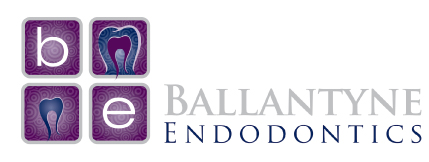Case Study: The Power of a Cone Beam Image
This is a great example of how the cone beam machine can help us with diagnosis. A 55-year-old male presented for an evaluation of the upper left quadrant. His chief complaint is a vague, dull ache in the area. He has some tenderness when he pushes on his cheek around these teeth.
Standard radiographs were taken as always; 2 periapical images and one bitewing image.
With the maxillary sinus sitting over the roots of these teeth it is very difficult to determine if there are any signs of infection or any suspicious areas. The previous root canal treatment on #13 is about 1-2mm short and it appears that there is a post in one of the canals. It also looks like the previous clinician may have drilled in the wrong area looking for a canal or when making the post space.
The testing results were as follows:
- No response to cold on teeth #12-15.
- Tenderness to percussion on teeth #13 & #14
- The bite stick test was normal on #12-15
- Tenderness to palpation around the roots of #13 & #14
Because of the lack of information from the radiographs and the inconclusive testing I suggested taking a CBCT. As you can see below it is now very clear which tooth is causing the problem!
The top image shows the 2 buccal roots and the bottom image shows the palatal root. It is now very clear that tooth #14 is the offending tooth given the radiolucent areas around the roots. I can now properly diagnose the case and render the proper treatment of root canal therapy on tooth #14. The CBCT saves the day! It clearly shows without any uncertainty what the problem is and saves the patient time and further discomfort by allowing speedy and proper diagnosis of the area.

